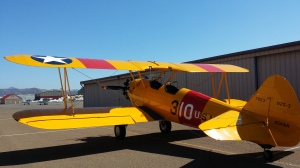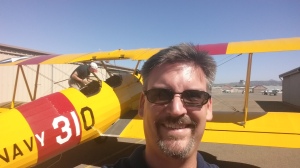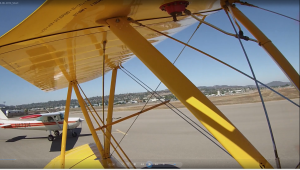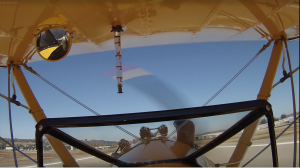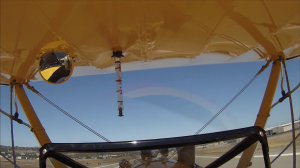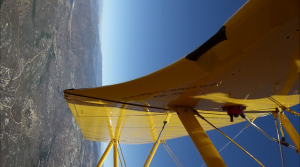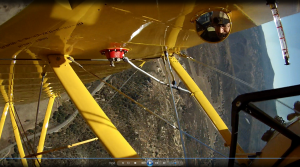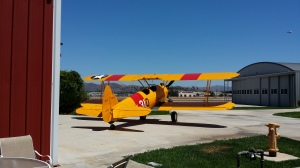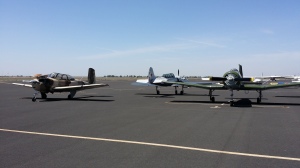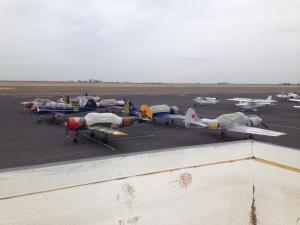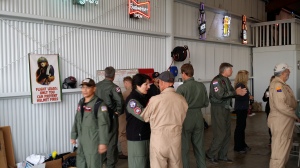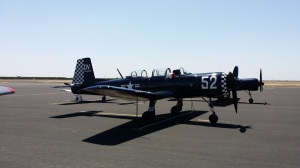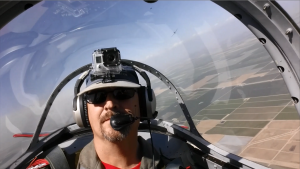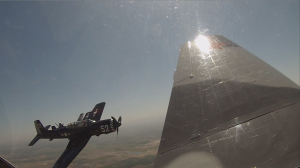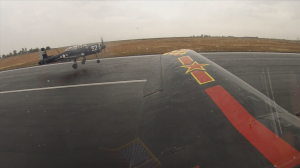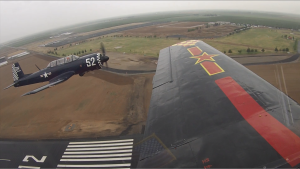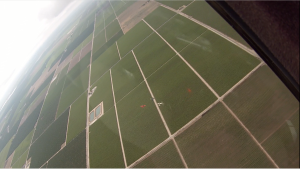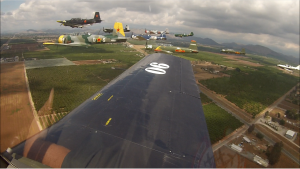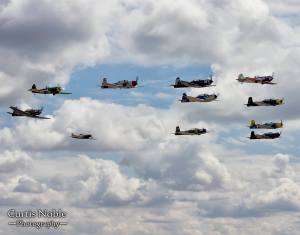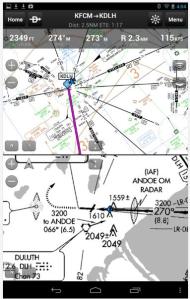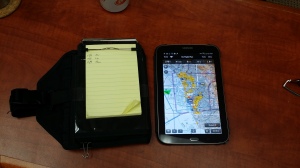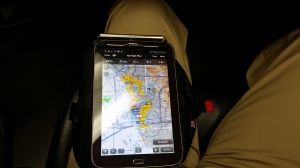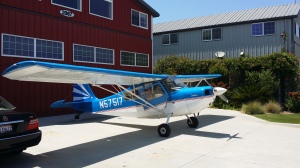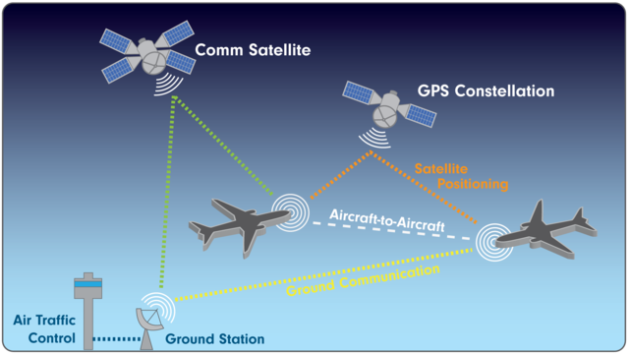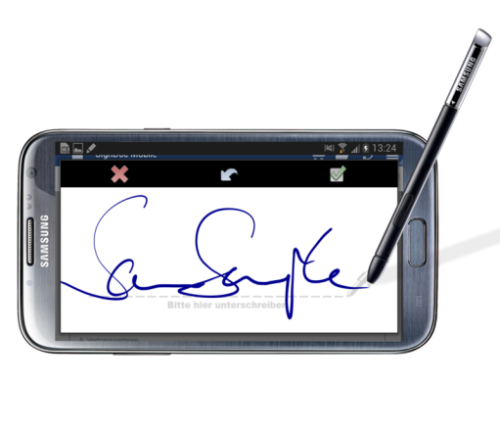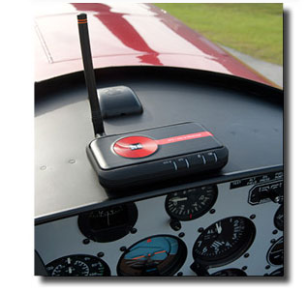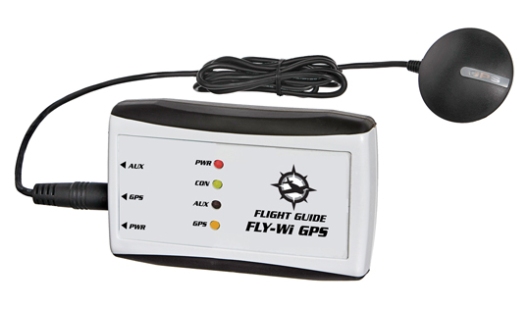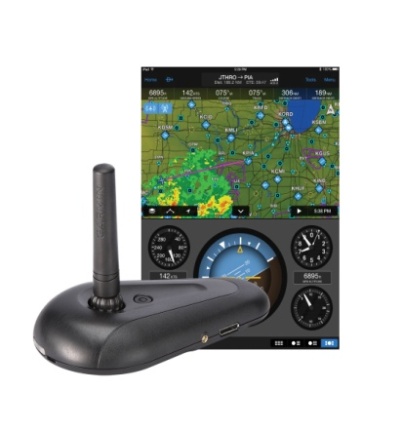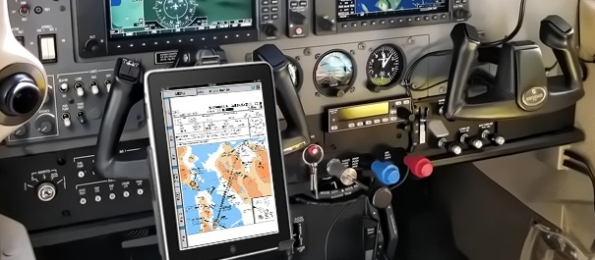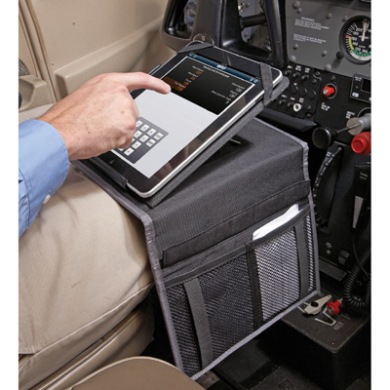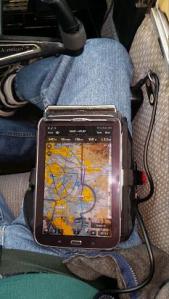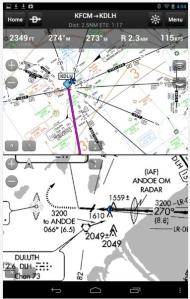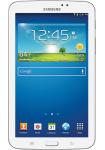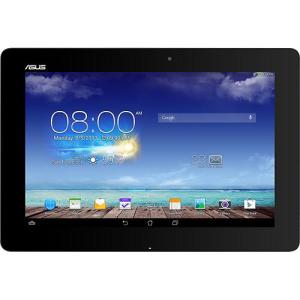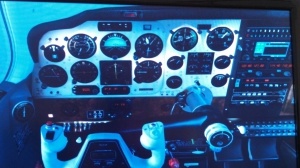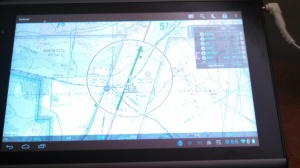I recently had the opportunity to check an item off of my bucket list, you know, one of those things you want to experience at least once before you die. In this case, the item in question on my bucket list was ‘The Yellow Peril’, the iconic Stearman biplane.
The Stearman is nicknamed ‘The Yellow Peril’ because most were painted yellow when in service to the US military, and it is a large, heavy taildragger with a narrow track main gear that gives it ‘tricky’ ground handling characteristics – put simply, it is almost always trying to swap ends where the tail swings out in front and you end up dragging a wingtip and possibly damaging the plane, the dreaded groundloop.
The Stearman in question for my familiarization flight was N5106N, a beautifully restored N2S-3, a Navy version of the famous trainer, owned by my friend and tailwheel mentor Dave Derby. Built by Boeing in 1943, this plane saw service in the US Navy before being sold into private use. Dave bought it in the 80’s and spent 10 years painstakingly restoring it to concourse quality.
As Dave used the robotow to push the big biplane out of its hangar you are immediately struck by its prodigious size. It sits up tall on the aforementioned narrow track main gear, with the upper wing being fully 9 feet off the ground in its classic three-point stance. With a 32 foot wingspan and almost 25 feet long it seems almost too big for carrying only two people. Weighing in at a typical 1,950 lbs empty weight, it is literally a ton of fun.
We had briefed the flight before we headed over to the remote hangar Dave keeps 06N in, he originally thought about having me fly from the rear cockpit however my time in restricted visibility aircraft is extremely low so we elected to have me in the forward or student cockpit while he handled the plane’s systems and radios from the rear seat. I was honored by the confidence this showed with respect to his opinion of my skill but am glad my first taste of the Stearman came from the forward pit with its better (although still marginal) visibility.
The 220 horsepower seven cylinder Continental R-670-5 radial barked to life after perhaps 2 blades, a testament to the care this living piece of history receives, a wispy cloud of oil smoke briefly engulfed the cockpit as the radial settled into a Harley-esque loping idle as it slowly warmed up. The sound seemingly transported us 70 years backwards through time. I thought of young men, in their late teens, joining the Navy or Army Air Corps and having this monster be their first introduction to flight.
Once we were clear of the tightly spaced hangars Dave gave me the controls and I explored the big Stearman’s infamous ground handling as we taxied to Gillespie Field’s runway 27R. Graceful S-turns were the order of the day to allow me to see ahead, lest someone pulled anything smaller than a 737 in front of me and I accidentally run it over.
We pulled up between a Cessna 150 and a Cessna 172 for our runup, I laughed to myself as I looked down onto these planes and smiled at the pilots inside, who I knew from my own previous and similar experiences were green with envy. The Stearman truly towers over other trainers, I was looking down onto the top of the wings of the Cessnas.
I asked for takeoff clearance and it was given.
“Stearman 5106N cleared for takeoff runway 27 right, north departure approved.”
This was about to get real.
Dave had prepared me in advance and said once I was lined up on the centerline to resist the urge to look left or right since the brain unconsciously pulls the plane towards the direction you look, so I pulled out on the centerline, locked my gaze ahead and advanced the throttle…it begins.
The radial stumbled through low RPM and slowly gained power as I pushed the throttle lever to full. The noise, vibration and propblast were all fury as we began down the runway – I kept my focus straight ahead and used my peripheral vision to pick up any drift left or right until I raised the tail and could thankfully see ahead. Magically the massive biplane lifted off, almost on its own, and we were airborne.
As I always do when exposed to a new type or make/model aircraft, I carefully explored the ailerons with some gentle banks over the runway once out of ground effect and found them, shall we say, a bit heavy. The ailerons on Dave’s Stearman are deliciously bereft of friction when on the ground, among the smoothest and lightest I have ever felt, but once the big barn door sized controls had 80 knots of wind rushing over them, they became very solid. The rudder was very responsive, as was the elevator although all of the controls were quite a bit heavier than the more mundane aerobatic Citabria I have been flying recently.
I turned crosswind and headed out towards El Capitan Reservoir, adjusting to the sensory overload that is open-cockpit flying.
We flew out to my aerobatic practice area and I explored more of the biplane’s envelope with gentle and steep turns, followed by some graceful lazy-eights, the big bipe grooved through them like it was on rails.
Then Dave asked if I wanted to see a loop so I gave control of the plane to him. We dove for about 100 knots indicated, and pulled up into comfortable teardrop style loop as Dave prefers to keep maneuvers positive G, barnstorming in a barnstormers airplane, what a treat.
Next we performed another loop followed by a hammerhead or stall turn where we pulled up to a vertical line and kicked in left rudder as the airspeed ran out, pivoting smartly about the left wing tip and pointing straight down over the gorgeous scenery.
Dave then slowed down to demonstrate a stall series and I was amazed, the break from wings level was a non-event, a shallow nose drop and we were flying again. Then he showed me something I have never seen, we banked around 40 degrees to the left and he pulled back on the stick, and pulled and pulled, when the plane stalled it did not, as I fully expected, drop the left wing further, instead it righted itself to wings level as the nose dropped. Amazing.
Dave gave the controls back to me and I dropped down to about 500 feet above the ground and flew out to the north tip of the canyon that extends from El Capitan reservoir and we flew around near the rim of the canyon, the view and sense of freedom was overwhelming.
On Dave’s suggestion we headed over to Ramona airport to attempt a landing and after some communication challenges (Ramona’s radar didn’t seem to be working) we worked into the pattern and I setup for a landing. The predictable handling of the big biplane when in the air did not remain once we touched down as the Yellow Peril reared its ugly head, but I kept it under control and got us slowed down to get off the runway. We taxied back for takeoff and again made S-turns to provide some sense of forward visibility while on the taxiway.
Cleared for takeoff I took the active runway, advanced the throttle and again we were airborne. Cleared for an early turn crosswind we headed south for our eventual return to Gillespie field.
It never ceases to amaze me how generous my fellow pilots are, generous with their time, with sharing their experience, and more often than not, sharing their aircraft. It is the shared love and passion for aviation itself, and the desire to share it with others who can appreciate it as we do. Our community is small, perhaps 700,000 pilots in all of the US, including military and airline pilots. But what it lacks in size it makes up for in camaraderie.
I want to thank my friend and tailwheel mentor Dave Derby for sharing his excellent N2S-3 Stearman with me and hope readers have enjoyed my sharing of this experience.
‘Gimp

